Cuttings…Why is it sprouting but not rooting?
Cuteleier Z6 KS
2 years ago
last modified: 2 years ago
Featured Answer
Sort by:Oldest
Comments (25)
Moses, Pittsburgh, W. PA., zone 5/6, USA
2 years agolast modified: 2 years agoCuteleier Z6 KS thanked Moses, Pittsburgh, W. PA., zone 5/6, USAnoseometer...(7A, SZ10, Albuquerque)
2 years agoCuteleier Z6 KS thanked noseometer...(7A, SZ10, Albuquerque)Related Discussions
Sprouting a coconut? And rooting sugar cane?
Comments (8)You'd probably have more chance with the brown dehusked coconuts. I'm not sure if the US treats them differently than the UK but I know they can easily be made to sprout here. Just put the coconut on its side in a deep pot of well drained soil rich in potash. Make sure the coconut is almost fully covered; dehusked coconuts need the weight of the soil around them prevent them from cracking open. Keep warm, but not too warm (this can also crack the coconut). The green coconuts might be able to sprout if you find the biggest most mature one and put it in a warm place in the sun for a while until the outside goes brown. Then plant it like a normal coconut. I think someone else suggested that method too....See MoreLeaf propagation: two weeks, a baby plant sprouting yet still no roots
Comments (67)Zoffia No, it was not mentioned. But many leaves will do the same, without any help. Even just sitting on a tray or table - without any soil or anything else. Here are some leaves that were just waiting to be tossed in compost, on a plastic saucer, and they grew very vigorous roots and even plantlets. This is in less than a week - roots started to appear within 24 hrs on most, and plantlets in about 4 days: No water, n soil, no rooting hormone of any kind... ETA: But we know that there are few succulents that will not propagate from leaves, regardless of what is put on them, but from offsets. Rooting hormone is not needed for offsets either. I am not against using it, but why bother?...See MoreBare root perennials Sprouted
Comments (1)I'd plant them in a temporary container like a grocery reuseable bag or rice bag filled with damp soilless mix or peat moss for the moment. Let it continue sprouting. but as they come up, begin to harden them off so you are ready to plant them out by next week (usually Victoria weekend is the day for planting out, but don't go by that if you are not ready. )...See MoreIdentify tree from root sprouts?
Comments (2)Thanks, Embothrium! Would that be Sorbus americana? That's native here which makes sense. Claire...See MoreCuteleier Z6 KS
2 years agolast modified: 2 years agonoseometer...(7A, SZ10, Albuquerque)
2 years agoCuteleier Z6 KS thanked noseometer...(7A, SZ10, Albuquerque)Cuteleier Z6 KS
2 years agobayarea_girl_z10a_ca
2 years agolast modified: 2 years agoCuteleier Z6 KS thanked bayarea_girl_z10a_cabayarea_girl_z10a_ca
2 years agoCuteleier Z6 KS
2 years agonoseometer...(7A, SZ10, Albuquerque)
2 years agoCuteleier Z6 KS thanked noseometer...(7A, SZ10, Albuquerque)bayarea_girl_z10a_ca
2 years agoCuteleier Z6 KS
2 years agoCuteleier Z6 KS
2 years agonoseometer...(7A, SZ10, Albuquerque)
2 years agoCuteleier Z6 KS thanked noseometer...(7A, SZ10, Albuquerque)Cuteleier Z6 KS
2 years agoCuteleier Z6 KS
2 years agosusan9santabarbara
2 years agoann beck 8a ruralish WA
2 years ago
Related Stories
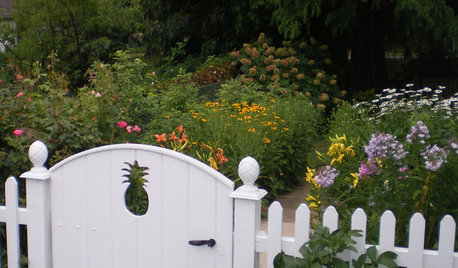
DECORATING GUIDESDesign Mystery: Why Do Pineapples Sprout Up in Home Design?
Early Americans were bananas about pineapples — and we’re still reaping the benefits of the sweet fruit’s symbolism today
Full Story
GARDENING AND LANDSCAPINGGeometry Roots Great Garden Design
To learn why some garden designs seem particularly pleasing to the eye, look to mathematical shapes and patterns
Full Story
MODERN HOMESHouzz Tour: A Modern Home Rooted in Its Place
It's partially buried in the earth, but with a cantilevered roof and strong colors, this Ottawa home is anything but shy
Full Story
ARCHITECTURERoots of Style: Art Deco and Art Moderne
Get to know the similarities and differences between these architectural styles of the 1920s and 1930s
Full Story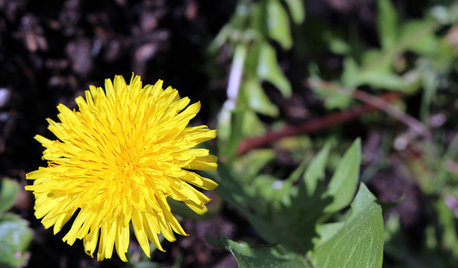
GARDENING GUIDESWhy Your Garden Might Be Full of Weeds
Tired of battling unwanted plants? These surprising reasons for weediness point the way to cures
Full Story
GARDENING GUIDESWhen and How to Plant a Tree, and Why You Should
Trees add beauty while benefiting the environment. Learn the right way to plant one
Full Story
FALL GARDENINGWhy Fall Is the Best Time for Planting
Spring is overrated for planting. Starting plants in autumn has advantages for both garden and gardener
Full Story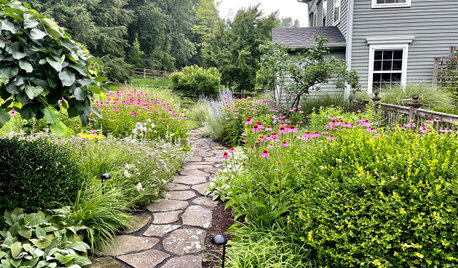
GARDENING GUIDESWhy Your Native Plants Might Be Struggling
Some common issues have simple remedies
Full Story
GARDENING GUIDESHow to Pick a Mulch — and Why Your Soil Wants It
There's more to topdressing than shredded wood. Learn about mulch types, costs and design considerations here
Full Story
ARCHITECTURERoots of Style: Do You Live in a Minimalist Traditional House?
Cottages, bungalows, farmhouses ... whatever you call them, houses in this style share several characteristics. See how many your house has
Full StorySponsored
Custom Craftsmanship & Construction Solutions in Franklin County



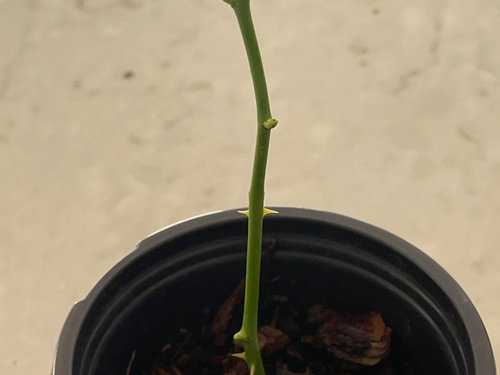
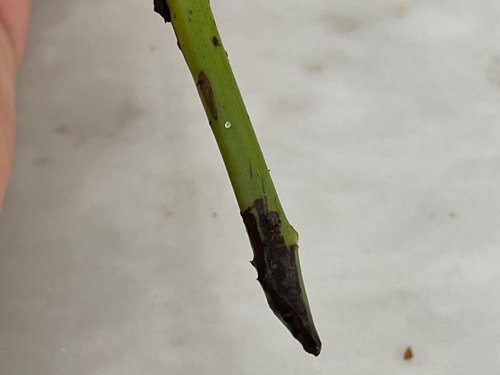
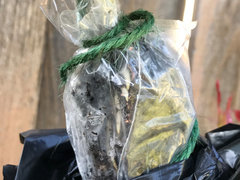

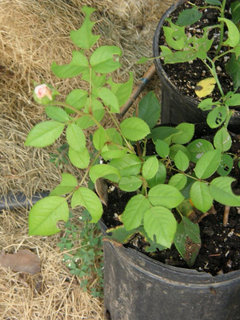

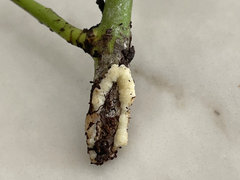
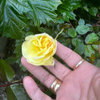

ValRose PNW Wa 8a